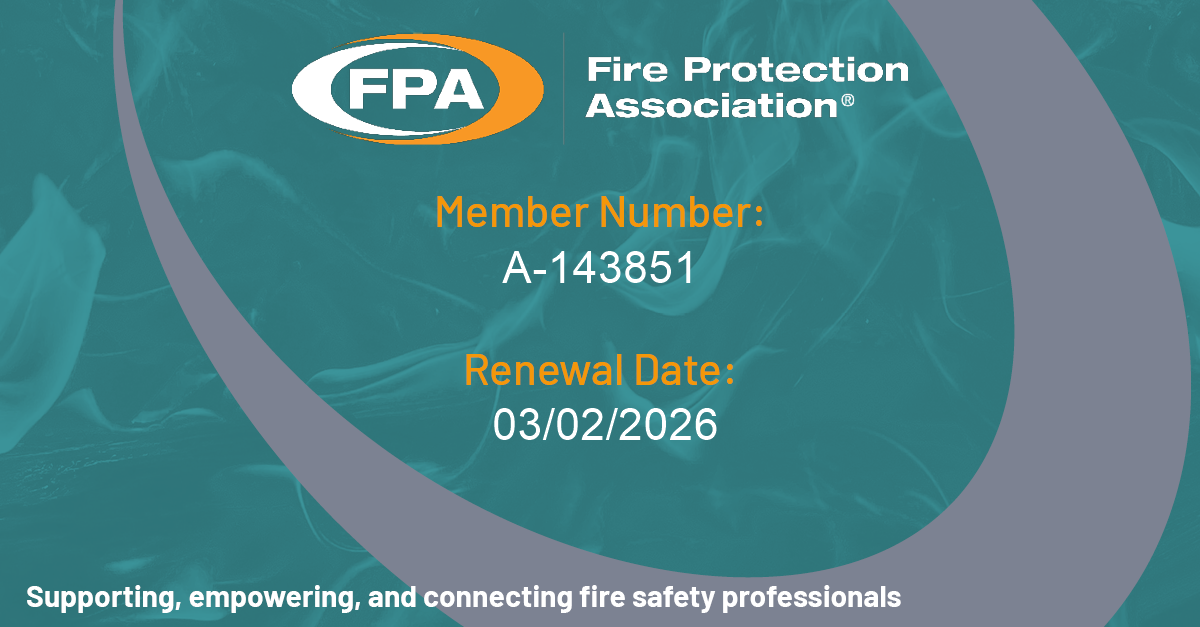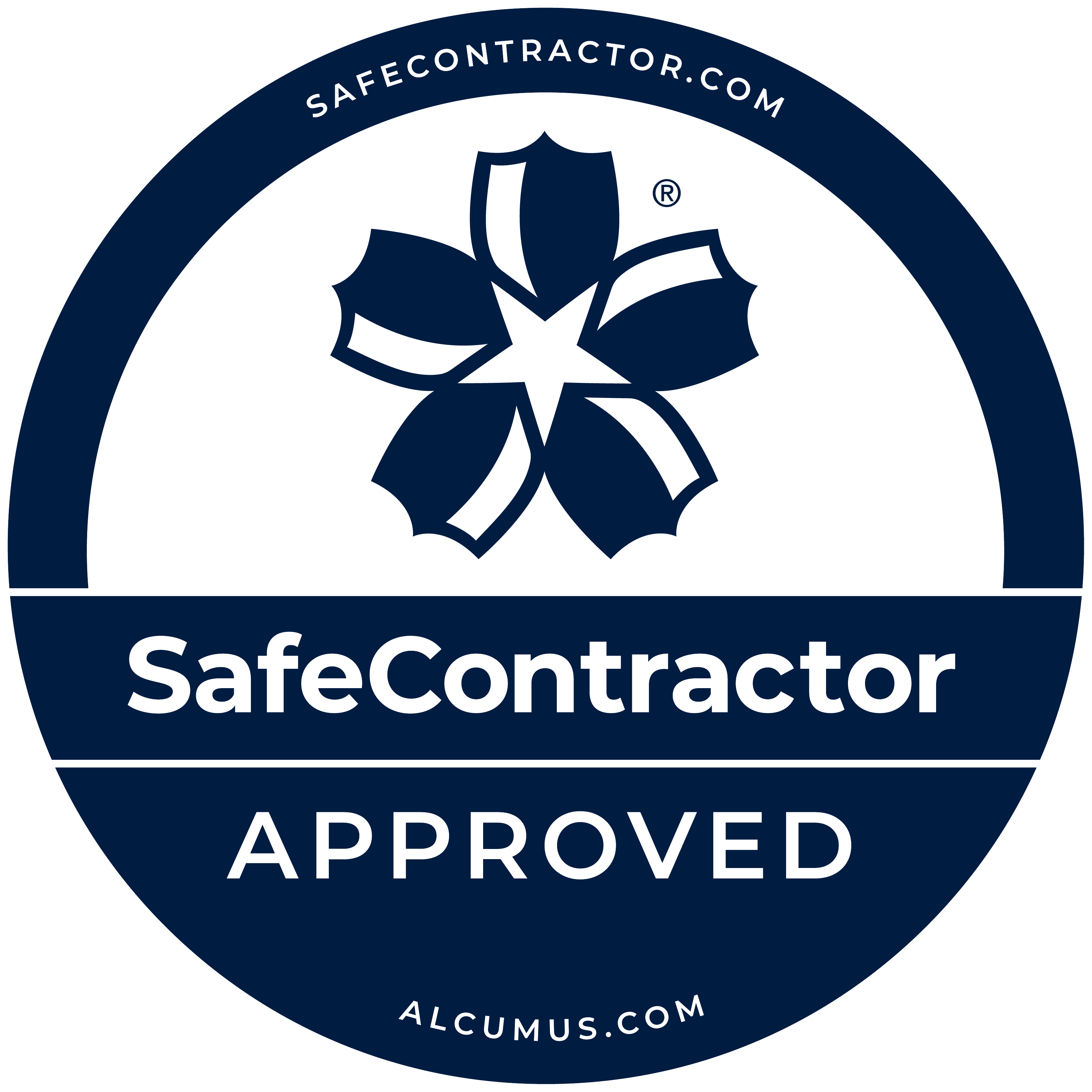Which standards apply to duct cleaning and what do you need to do to demonstrate due diligence?
The introduction in 2011 of a British Standard (BS EN 15780) for cleanliness levels in ductwork, made things a lot clearer by classifying different risks according to a building’s intended use and was welcomed by the air services industry. Yet , when it comes to duct cleaning regulations, most people still refer day to day to the TR19 Guide to Good Practice which is often cited as a requirement by insurers. So why have both?
TR19® Internal Cleanliness of Ventilation Systems* and TR19® Grease Fire Risk Management of Grease Accumulation within Kitchen Extraction Systems continue to be widely recognised, familiar industry standards for most practical purposes and Airmec is of course a member of the BESA Ventilation Hygiene Elite scheme. *TR19®Air updates this and is due for publication in 2024.
BS EN 15780: Ventilation for buildings – ductwork – cleanliness of ventilation systems was introduced as the UK’s national implementation of the European EN15780, and TR19 was in any case amended in line with it. So the classifications that the British Standard introduced, are now part and parcel of the TR19 duct cleaning methodology.
The guidelines apply to both existing and newly installed systems, and there are three different prescribed levels for each type of system. As a rough guide, the three levels divide premises into:- Low risk – for low occupancy rooms, such as storage rooms
- Medium risk – for higher occupancy rooms, such as general offices, hotels, restaurants or schools
- High risk – for specialist environments, such as treatment areas in hospitals and laboratories
For example, we know that dust levels should less than 3.0g/m2 in a medium risk building, which would include most offices, hotels, restaurants, schools etc. However that rises to 4.5g/m3 or less for re-circulation and secondary ductwork. So, ventilation system specifiers, installers, commissioning engineers, cleaning specialists and facilities managers all have unambiguous guidance on cleaning standards, procedures, and validation. And when building managers can more easily understand their obligations, they can manage their overall running costs.
Finding a way around the Standards and Guidance maze will never be easy. Typically TR19 compliance will suffice for duct cleaning, so why do we keep both standards, especially as TR19 has agreed with and adopted the BS EN classifications?
It’s more than inertia and there are subtle difference, especially on new systems, where BS EN 15780 cross-references with other standards that apply to HVAC systems. Crucially, BS EN 15780 defines the frequency of risk assessment surveys, the basis of all good management to ensure you are addressing current risk. For most facilities this is 2 years, annually for higher risk environments.
Strictly speaking, both standards can only offer guidance on best practice: they are not mandatory, but a court of law would look dimly on non-compliance with such widely accepted best practice.
If you work with a trusted specialist contractor, there should be no room for doubt over the duct cleaning regime that you need, as we know exactly what cleanliness levels to achieve. Doing too little is potentially dangerous and leads to inefficiencies: doing too much can mean paying too much.
Published: 1 February 2023 | Updated: 27 March 2024











